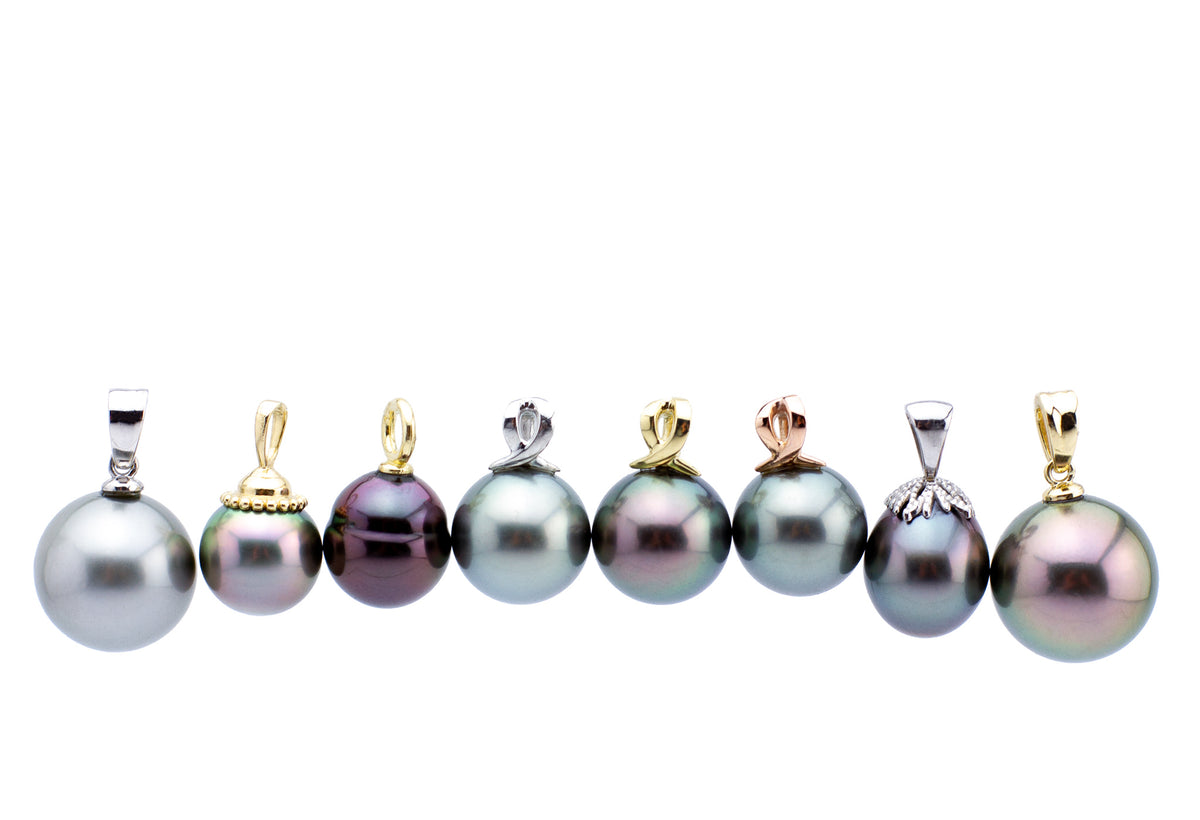Tahitian Pearl Basics

Kamoka is a Tahitian pearl farm and thus all of our pearls are Tahitian.
-
1. Tahitian pearls are sometimes called “black pearls” although in reality their colors range from white to darkest midnight and the entire rainbow in between.
-
2. Colors of Tahitian pearls are naturally occurring from the shell of the Pinctada margaritifera oyster.
-
3. Nearly all Tahitian pearls are cultured, meaning they have been made by a technician inserting a nucleus into an oyster in a process called a graft.
-
4. Tahitian keshi pearls are non-nucleated pearls and are formed from a failed grafting operation.
-
5. The average size range of Tahitian pearls is 8 to 12mm and keshi pearls from 2 to 8mm. Pearl value increases with size, which can reach over 20mm!
-
6. Tahitian pearls come in a range of shapes. In industry standards, rounds only make up 25% of the harvest. Tahitian keshi pearls are very rarely perfectly round.
-
7. Round and drop shaped pearls are the most valuable while circled (ringed) pearls are the least expensive. In between are semi-baroque shapes that have a single axis of symmetry.
-
8. A lustrous surface (deep shine) that can resemble looking into a pool of water, is a coveted feature of Tahitian pearls and increases their value.
-
9. We don’t have to kill the oysters to harvest the pearls. Instead, a new nucleus replaces the pearl, and the oyster is returned to the lagoon to thrive and grow.
